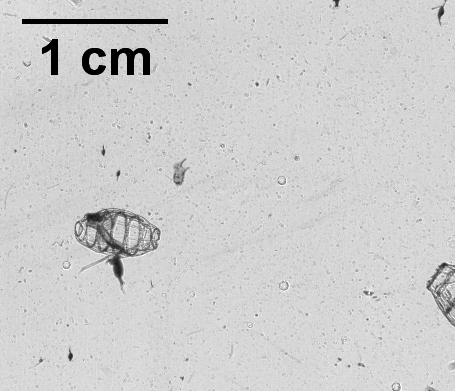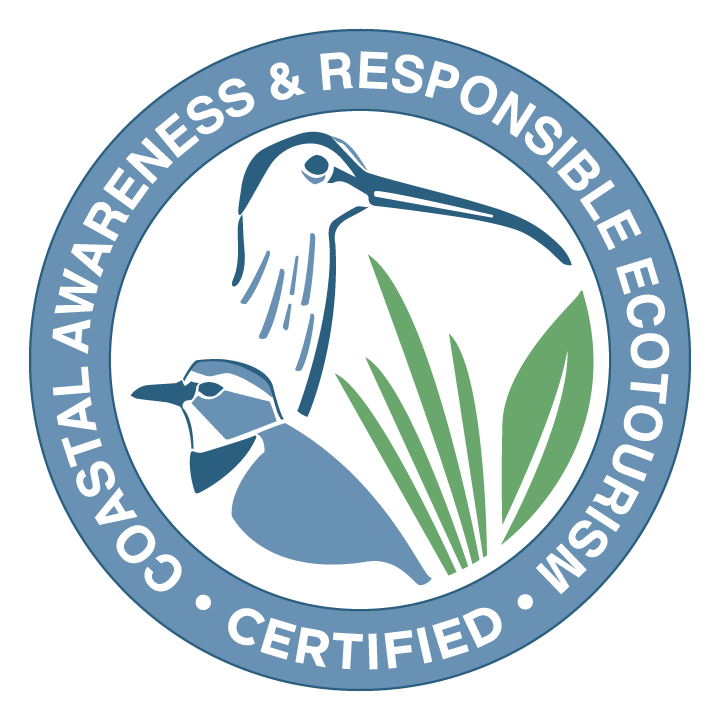Introduction to Zooplankton
Plankton comes from the Greek word planktos meaning wanderer or drifter. It is not a biological grouping, but rather a way of life. They cannot actively swim against ocean currents so cannot determine where they are going in the ocean.
Other organisms known as Nekton can swim independently of ocean currents. These include vertebrates (whales, fish, marine reptiles) and invertebrates (adult crabs, squid, octopus and many others).
The majority of plankton are microscopic organisms, being as small as a thousandth of an inch. However, some can grow to be very large e.g. Lions Mane Jellyfish which can grow to be several feet.

Video showing doliolids and copepods swimming in a plankton sample with a scale bar to demonstrate size (All plankton images courtesy of ZERO-C Lab unless stated otherwise).
Plankton can be broken into ‘plants’ and ‘animals’, just like on land. Phytoplankton are photosynthetic organisms that make the base of the ocean food web, without them the rest of ocean life would not exist! Zooplankton are like our ‘animals’, they feed on phytoplankton and are generally larger.
Within our zooplankton we have two main types, Holoplankton and Meroplankton. Holoplankton are organisms that spend their whole lives as zooplankton, but Meroplankton only spend part of their lives as zooplankton. It is very common for ocean animals to start their lives as plankton i.e. Crabs, Oysters, Fish. An easy way to remember this is ‘holo’= whole.
All plankton are highly abundant with thousands being in a single drop of water! They are an intermediate trophic link in all marine food webs and have vital roles in nutrient cycling and carbon sequestration.
Through this course you will learn the background of zooplankton and how to identify them. This will allow you to confidently identify Zooniverse samples and have a better understanding of overall marine ecosystems.
